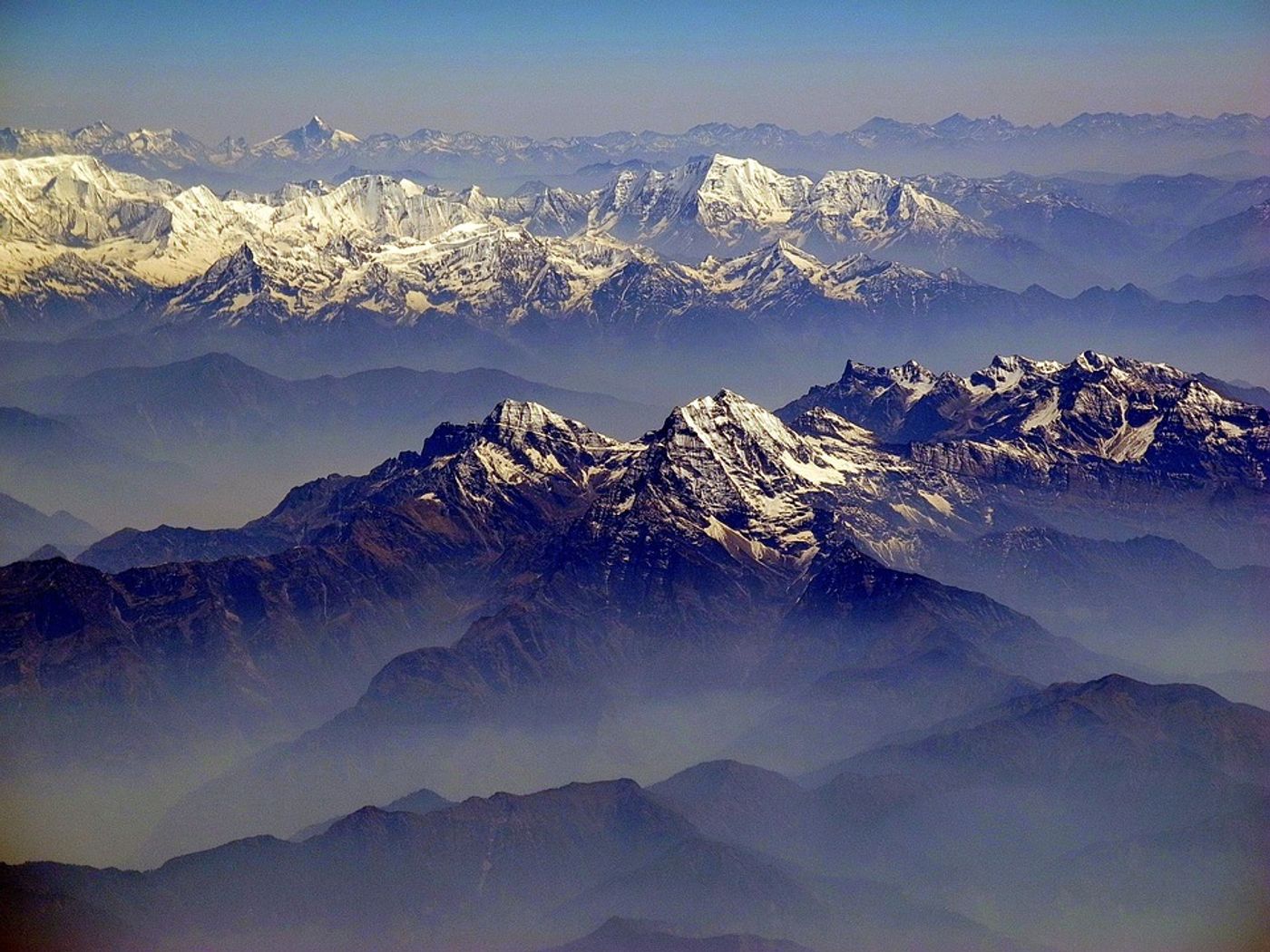Himalayan plant cover is shifting
New research published recently in Global Change Biology details the findings from a study on subnival vegetation in the Himalayan region. The findings suggest that subnival vegetation, plants that grow between the treeline and snowline, may be increasing due to fewer cold temperatures limitations as a result of climate change.
The study was conducted by scientists at the University of Exeter who analyzed satellite imagery from NASA’s Landsat data from 1993-2018 in the area surrounding Mount Everest. This region is notoriously difficult to access and therefore these high-elevation ecosystems lack adequate investigation on the plant matter that composes them.
Dominic Fawcett, who coded the image processing, commented that this study demonstrates the potential of modern-day technology: "These large-scale studies using decades of satellite data are computationally intensive because the file sizes are huge. We can now do this relatively easily on the cloud by using Google Earth Engine, a new and powerful tool freely available to anyone, anywhere."
The study aimed to measure subnival vegetation, consisting mostly of short-stature plants like grasses and shrubs, across four different height classifications ranging from 4,150-6,000 meters above sea level. Based on satellite imagery analysis, the researchers found that subnival vegetation cover is increasing across all four height categories, with the most significant increase seen between 5,000-5,500 meters above sea level.
The study also determined that subnival vegetation covers between 5 and 15 times the area of permanent glaciers and snow. Although this study did not consider the causes of the growing rate of plant cover in the high-elevation region, past studies have determined that Himalayan ecosystems are particularly susceptible to climate change-driven temperature shifts.
"A lot of research has been done on ice melting in the Himalayan region, including a study that showed how the rate of ice loss doubled between 2000 and 2016," said Dr. Karen Anderson, of the Environment and Sustainability Institute on Exeter's Penryn Campus in Cornwall. "It's important to monitor and understand ice loss in major mountain systems, but subnival ecosystems cover a much larger area than permanent snow and ice and we know very little about them and how they moderate water supply. "Snow falls and melts here seasonally, and we don't know what impact changing subnival vegetation will have on this aspect of the water cycle -- which is vital because this region (known as 'Asia's water towers') feeds the ten largest rivers in Asia."
Asia’s water towers provide water to over 1.4 billion people across the entire Hindu Kush Himalayan region, which covers eight countries. Vegetation plays a crucial role in the water cycle, not only for these catchment areas but also around the world. Further research is needed to create more understanding on the interactions between plants and the ecosystems they live, urge the authors.
Sources: Science Daily, Global Change Biology









